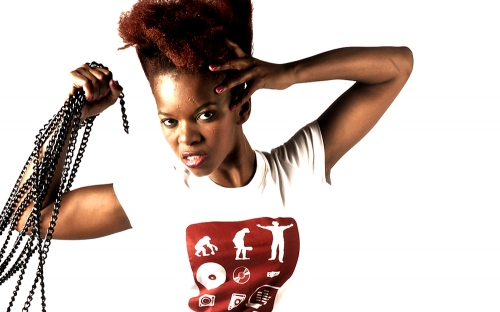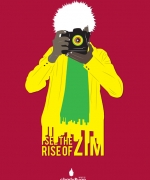A case for the creative arts in Zimbabwe
The Creative Arts for many years in Zimbabwe have been understood to be less important than all the other subjects. Generally speaking some will quickly point out the complexities of mathematic and the sciences associating them with a great amount of pondering and elitist problem solving quick to dismiss the aesthetic and intellectual complexities of the creative arts.
A great number are of the opinion that the Arts in general have a right to be disrespected, devalued and dismissed, as one will not be employed in the “more fashionable” and traditional employment choices.
I personally remember a friend of mine telling me that when he was young his mother found him playing with a guitar and destroyed it….as she saw art as a way of failure. It is however regrettable that many individuals down on their luck do try to get attention by creatively amusing an audience by using color and sound or song in exchange for a small amount of change.
Other creative geniuses such as Dumbudzo Marechera, Jimi Hendrix and Jean Mitchel Basquait were often intoxicated …unfortunately leading to the blossoming of certain perceptions that associate certain hairstyles, drug use and eccentricities with art, while the causes of these same eccentricities might have a lot more to do with upbringing and childhood issues -though not limited to art and artists as Albert Einstein also sported these types of hairstyles and exhibited similar eccentricities.
So why am I telling you all this? Because I believe the arts are just as important as any other discipline anywhere. Art institutions have shot themselves in the foot unfortunately by accepting the student who came to study art, because they were rejected elsewhere. An individual who pursues any discipline without the right qualifications and attitude is bound not to go very far with it…..and will continue to perpetuate the undesirable stereotypes that follow.
In order for the general public to appreciate the quality of artists produced in Zimbabwe there is a need for this creativity to be felt in sectors of advertising through its various media. Art institutions perhaps will need to concentrate on quality, rather than quantity. Prestigious crafts men guilds can be set up to identify those of distinction in the many avenues of the creative arts i.e Architecture, Interior design, Fashion, Graphic Design, Photography, Filmography, Multimedia, Sound engineering etc.
Unfortunately Art institutions cannot operate at optimum level without highly qualified instructors and industrial partnerships. Art materials are generally expensive and many students will require substantial financial support…Even after qualifying there is no real guarantee for any immediate individual break through however it would at least be desirable for Zimbabwe to be able to be self sufficient with regards its creative needs. One thing that is for sure is that Zimbabwe is highly dependent on South African entertainment publications, which is generally undesirable as such a situation encourages cultural dwarfing. We are also highly dependent on South African and other television broadcasts, music and other ideas.
I believe if we can invest in the creative arts a decade to come we will somehow be able to answer favorably to creative offerings produced from without our territorial boarders. It is however true that creativity is less appreciated in times of economic challenges, and hopefully the creative arts in Zimbabwe will thrive as the economy takes shape and in turn stimulate the economy by energizing commercial activity.





